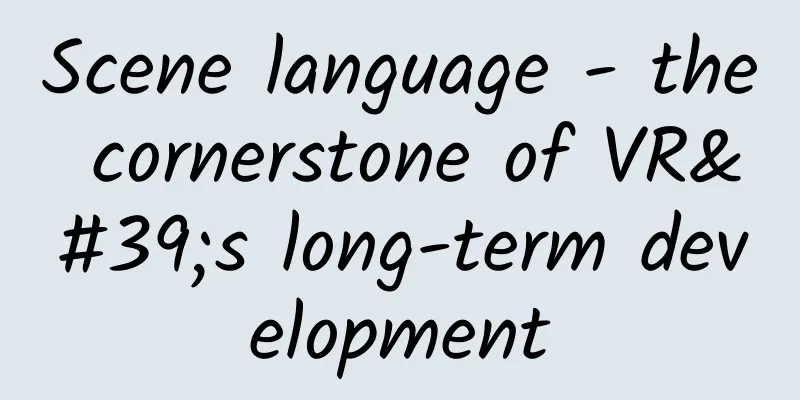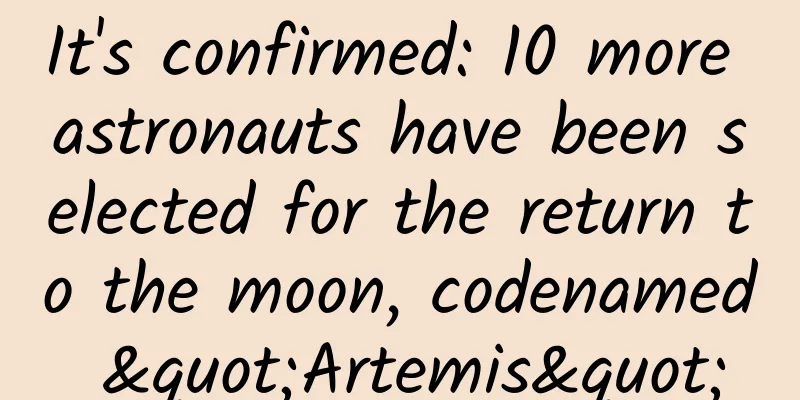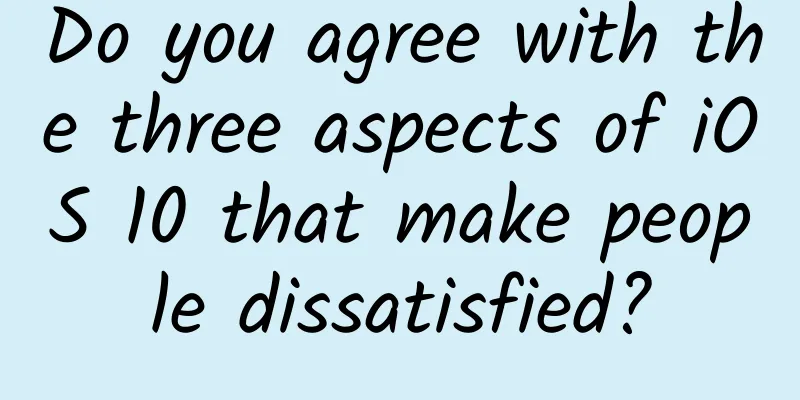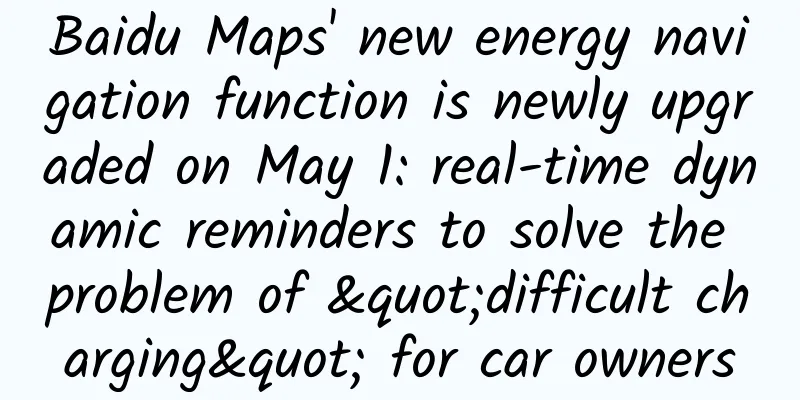Scene language - the cornerstone of VR's long-term development

|
According to foreign media reports, Manick Bhan, former Goldman Sachs investor and founder of Rukkus, recently wrote an article on venturebeat analyzing the language issues that virtual reality (VR) needs to solve. The full text is now translated as follows: Virtual reality is hailed as the latest technological development trend, and people generally believe that it will revolutionize our lives. However, if you still remember the virtual games Virtual Boy or Dactyl Nightmare (a virtual war game) launched by Nintendo earlier, you will be somewhat skeptical about the assertion that virtual reality will revolutionize the world. Some people may say that virtual reality has already begun to affect our lives to some extent. Through virtual reality technology, we have opened a door to the future and experienced an immersive feeling. However, in fact, the current virtual reality technology is not enough to become a turning point that affects reality. Currently, the two major application areas of virtual reality are games and videos. Although virtual reality technology has also been applied to fields such as e-commerce, most discussions revolve around these fields. Judging from the development of software and hardware alone, the application of virtual reality technology in the field of games is superior. However, most people believe that if virtual reality technology wants to become mainstream in society, it must enter the field of video. It is gratifying that both Facebook's 360 Video and Google's cultural research have shown that virtual reality is making a lot of progress in the field of video. However, the development potential of this technology in the field of video has not yet been fully demonstrated. The reason is that the biggest problem of virtual reality in the video field is that it lacks a coherent and smooth expression language. The language here refers neither to oral language nor to programming languages like HTML, which implement technology, but to a coherent way of expression, which refers to a visual expression method including shooting, editing and even camera positions, which is the wonderful picture presented to the audience by famous directors such as Martin Scorsese and George Lucas. The defects of this expression method are increasingly becoming a bottleneck for the development of virtual reality videos. For example, Facebook's 360-degree video experience can only focus on a specific scene at a specific time, and the switching between scenes is also not smooth, which often destroys the immersive feeling of virtual reality, which is the primary selling point of virtual reality technology. At present, virtual reality still uses the expression method of traditional movies to tell stories, which is a real problem that conflicts with user experience. But the good news is that we still have time to solve this problem. Traditional movies were invented around 1890. In Thomas Edison's New Jersey laboratory, early movies recorded some punches, people sneezing, and couples kissing. Although the audience at the time knew the images of these movies, they were not sure what they meant. The way of expression of traditional movies is simple for us, but for the audience 120 years ago, it was a new experience to see the world. Virtual reality is still in its experimental stages. We are still figuring out how to tell stories with perfect immersion. In fact, many virtual reality platforms generally consider video games to be the first step in the development of virtual reality technology and the right field to seek the best experience in virtual reality. Virtual reality device manufacturer Oculus Rift has clearly developed virtual reality devices as a gaming device. Founder Palmer Luckey developed the first virtual reality device for first-person shooter games to bring users a more realistic experience. Although everyone has seen the wider application of virtual reality in other fields, Facebook has invested $2 billion in the field of virtual reality to acquire Oculus. "With a VR headset in your home, you can watch a game from the sidelines, sit in a classroom anywhere in the world, or talk to your doctor face to face," Facebook CEO Mark Zuckerberg said when announcing the acquisition. "This will be a whole new way of interacting." The NBA team Golden State Warriors has brought the virtual experience of watching games to its audience, although this experience is not satisfactory. We are sure that a realistic stadium experience will be a future development direction of virtual reality. But if Facebook intends to monopolize a more diverse entertainment industry, it must return to video games for inspiration. In fact, the performance issues of virtual reality are also attracting the attention of more and more game developers. Job Stauffer, development director of game developer Telltale Games, said, "What we are doing now is to convert the traditional film language. If you compare virtual reality with the existing film language, you will find that virtual reality is a completely different language. So what we do is to convert the traditional film language into the scene language, which is a brand new job." If virtual reality is to have a long-term development in the field of video games, then the concept of "scene language" is the direction of its development. Existing video games, especially those full-scale 360-degree first-person perspective games, can strive to attract players' attention to the most prominent plot in the game scene. From scene design to game sound, game developers use various tricks. In a subtle way, the player's attention in the game is guided. Therefore, the producers of virtual reality videos should also learn this approach. Ultimately, it’s hard to define the language of VR right now. Over the next few years, that language will become clearer through experimentation and trial and error, and everyone who joins the VR industry now will have an impact on it in some way. This is an exciting future for both developers and consumers. I can’t help but see the miracles happening in the near future. As a winner of Toutiao's Qingyun Plan and Baijiahao's Bai+ Plan, the 2019 Baidu Digital Author of the Year, the Baijiahao's Most Popular Author in the Technology Field, the 2019 Sogou Technology and Culture Author, and the 2021 Baijiahao Quarterly Influential Creator, he has won many awards, including the 2013 Sohu Best Industry Media Person, the 2015 China New Media Entrepreneurship Competition Beijing Third Place, the 2015 Guangmang Experience Award, the 2015 China New Media Entrepreneurship Competition Finals Third Place, and the 2018 Baidu Dynamic Annual Powerful Celebrity. |
<<: Who says DIY has no future? See how Thunder Century is promoting the industry
>>: How far are we from domestic brands launching OLED TVs?
Recommend
There is real "magic" in physics, and it represents a class of quantum resources
There is indeed "magic" in physics, but...
6 types of short video cover copywriting, collection~
Short video operators should know that in order f...
Will artificial intelligence really replace humans?
"With AI, we will summon the devil. In all t...
Which province has the largest number of ancient buildings in China?
Shanxi In the eyes of ancient architecture enthus...
Qualcomm & IHS Markit: 5G Economic Report
The latest research results show that global 5G i...
Zhong Nanshan's latest prediction! The second wave of COVID-19 may peak at the end of June!
On the morning of May 22, at the Biomedicine and ...
How to "eat" poisonous mushrooms in the name of science? Psychedelic mushrooms: Thanks for the invitation
"Red umbrella, white pole, let's lie dow...
Teach you how to build an online celebrity store - User Edition
What is our impression of Internet celebrity stor...
Android 7.0 vs. iOS 10: Which is better?
The competition in the mobile operating system spa...
The online sale of atropine, the "miracle drug for myopia", has been suspended! Can children still use it? Experts remind us:
Recently, Shenyang Xingqi Eye Hospital announced ...
What are the channels for online promotion of educational institutions in Chengdu?
The Internet has been developed for more than 20 ...
Does laundry detergent also contain carcinogens? Take a quick look at the ingredient list of the one you are using...
Laundry detergent is a detergent that is often us...
An offline event planning and execution form to help you sort out your thoughts!
I have been collecting cases and organizing mater...
Pinduoduo-style promotion through old customers bringing in new customers! (two)
1. What is the activity of bringing new customers...
Case Analysis: How to impact the Weibo topic list with 0 budget and link up 30 apps?
If you are working on new media in an APP, then c...









